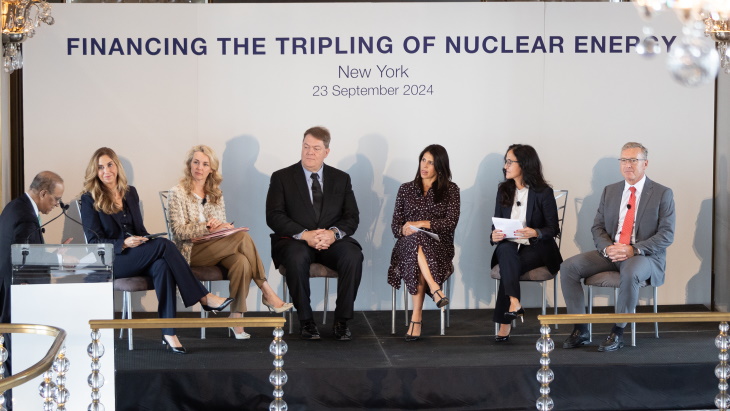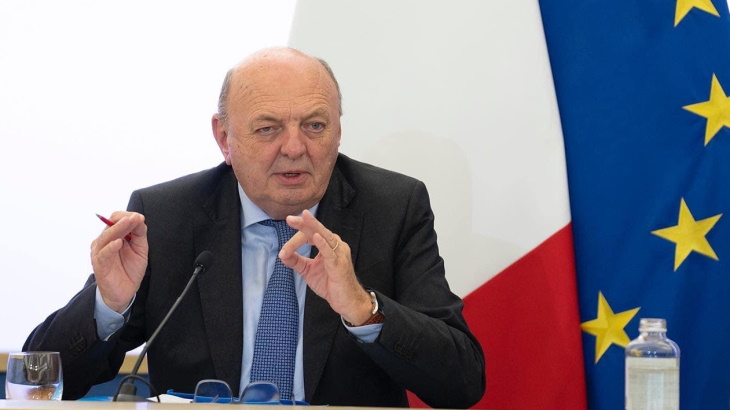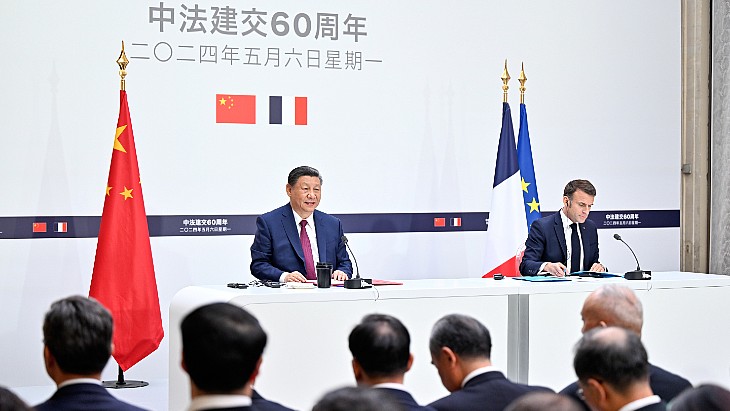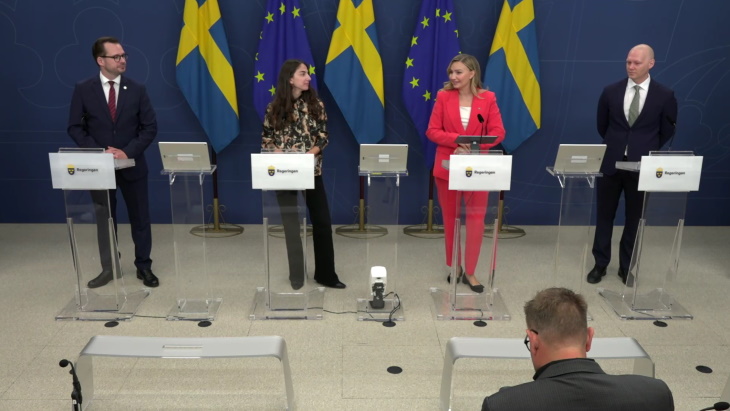Rising: Nuclear surge builds sustainable energy mix
 A surge in new nuclear plants coming online is helping to build a sustainable global energy mix, reduce emissions and meet electricity demand, but more is needed, World Nuclear Association Director General Agneta Rising told the Atomexpo 2018 conference yesterday.
A surge in new nuclear plants coming online is helping to build a sustainable global energy mix, reduce emissions and meet electricity demand, but more is needed, World Nuclear Association Director General Agneta Rising told the Atomexpo 2018 conference yesterday. A surge in new nuclear plants coming online is helping to build a sustainable global energy mix, reduce emissions and meet electricity demand, but more is needed, World Nuclear Association Director General Agneta Rising told the Atomexpo 2018 conference yesterday.
 |
| World Nuclear Association Director General Agneta Rising at Atomexpo 2018 (Image: World Nuclear Association) |
Speaking on the opening day of the conference being held this week in Sochi, Russia, Rising said nuclear energy had a vital role to play in the global energy mix, providing a strong foundation of reliable and low-carbon generation to help support more variable clean energy generation options.
"In the five years from 2015 to 2019 we should see 55 new reactors start in 12 countries, two of those countries hosting their first nuclear power plant. With a combined capacity of 55 GWe this new nuclear generation will avoid the emission of more than 400 million tonnes of carbon dioxide each year, compared to coal. It is equivalent to adding nearly 15% to global nuclear capacity," she said.
IAEA assistance
The International Atomic Energy Agency (IAEA) remains committed to helping the world make optimal use of nuclear technology to generate low-carbon energy for development, and to counter the effects of climate change, IAEA Director General Yukiya Amano said at the Atomexpo opening ceremony.
IAEA Deputy Director General and Head of the Department of Nuclear Energy Mikhail Chudakov highlighted assistance the agency can provide to countries considering adopting nuclear power through its Milestones Approach, which helps IAEA member states understand the commitments and obligations associated with developing a nuclear power programme, and Integrated Nuclear Infrastructure Review missions, which help member states assess the status of their national infrastructure as for the development of nuclear power.
A week-long Russia-IAEA Nuclear Energy Management School for managers in nuclear organisations is taking place in conjunction with the Atomexpo event.
Hosting a nuclear power plant "brings a lifetime of investment into a community, investment in jobs, investment in infrastructure and investment in local economies", she added.
The Harmony goal, put forward on behalf of the nuclear industry by World Nuclear Association, is a vision of a future energy system where nuclear energy supplies 25% of global electricity demand by 2050 as part of a low-carbon generation mix, which would require 1000 GW of new nuclear build. This will need a level playing field in energy markets, optimising all existing low-carbon energy resources already in place and driving investment in future clean energy, as well as an effective safety paradigm focusing on genuine public wellbeing.
Rising said it made no sense to subsidise technologies that generate low-carbon electricity some of the time if it results in the closure of a nuclear plant that generates low-carbon electricity all of the time.
"We need to work together because we need all low-carbon options to make a future clean energy system work," she said. "And we need the whole nuclear community - from research, government, regulation, design, operation, decommissioning and waste management - to play their respective roles towards our common Harmony goal."
The international Atomexpo forum is organised by Rosatom, Russia's state nuclear corporation.
Researched and written
by World Nuclear News









_50521.jpg)


